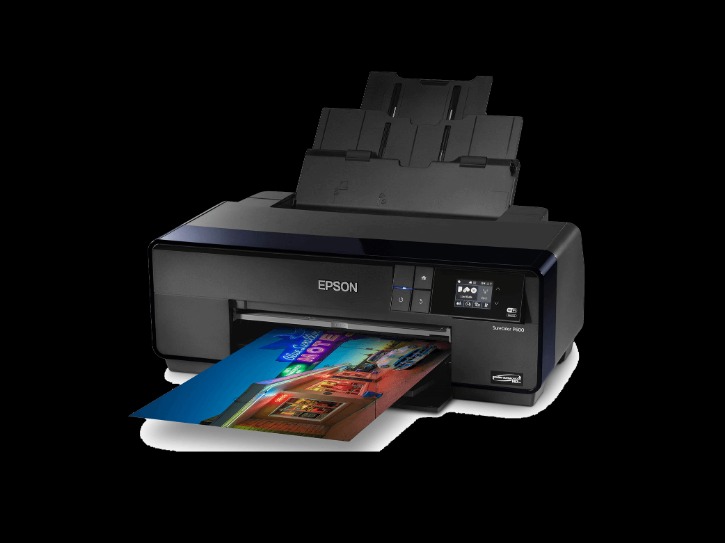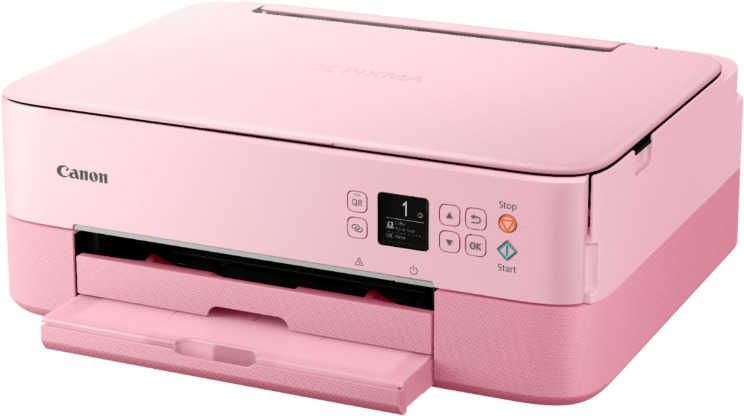Receipts are more than proof of payment—they’re the physical handshake of a transaction. In kiosks, vending machines, and medical or industrial terminals, the printer that creates that handshake must be small, precise, and tireless. That’s why the modern mini receipt printer embedded inside these systems has become a critical design choice for product teams seeking reliability and speed.
What Defines an Embedded Receipt Printer Today
Unlike desktop POS units, embedded printers are built into enclosures, panels, or kiosks. They must endure frequent use, temperature shifts, and inconsistent power while delivering clean, legible output. A quality unit balances speed, cutter longevity, and firmware stability to minimize downtime.
Core Capabilities to Expect
- High-speed thermal printing for quick customer flow
- Auto full/partial cutter for neat, jam-resistant dispensing
- Sensors for paper-out, near-end, and cover-open events
- Front or top paper exit options to suit enclosure design
- Interfaces like USB and RS-232 for flexible integration
- SDKs and ESC/POS compatibility for smooth software drops
When performance and durability matter, a robust option such as the mini receipt printer embedded can streamline development and reduce lifecycle costs.
Why Product Teams Are Switching
From cashless parking to hospital admissions and retail self-checkouts, speed and uptime are now non-negotiable. The right printer improves throughput and reduces service calls.
Top Benefits
- Fast transactions: Sub-second prints keep queues short.
- Compact footprint: Frees space for batteries, readers, or sensors.
- Lower TCO: Cutter longevity and anti-jam mechanics cut maintenance.
- Firmware reliability: Clear status codes simplify remote monitoring.
- Scalability: Modular bezels, paper widths, and interface options fit multiple SKUs.
Key Selection Criteria
Choosing a mini receipt printer embedded into your enclosure is a balance of mechanics, electronics, and software. Consider the following:
Mechanical Fit
- Paper width (often 80 mm) and roll diameter constraints
- Mounting hole pattern, bezel design, and paper exit angle
- Service access for roll swaps in tight kiosks
Electrical and Thermal Considerations
- Power rail (commonly 24 V) and peak current during print/cut
- Heat dissipation and intermittent duty cycles to protect the head
- EMC compliance within the host system
Software and Control
- Driver and SDK availability for Windows/Linux/Android
- Text, graphics, and barcode command sets (ESC/POS, Line Mode)
- Health metrics: Cutter counts, temperature, error logs for RMM tools
Integration Tips for Faster Time-to-Market
Even the best hardware can falter with poor integration. These steps help ensure a smooth deployment:
Practical Steps
- Prototype early with the exact paper stock and adhesives used in production.
- Validate cutter mode (full vs. partial) against label liners and ticket stock.
- Map status signals to your controller and log all error states.
- Tune print density and speed for legibility without overheating.
- Design tool-less paper replacement for field users wearing gloves.
Use Cases That Benefit Most
Embedded printers shine wherever unattended reliability meets high transaction volume:
- Self-checkout and quick-service kiosks
- Parking meters, toll gates, and transit ticketing
- Vending, gaming, and lottery terminals
- Medical analyzers needing traceable printouts
- Industrial terminals generating shift logs or audit slips
Quick Buying Checklist
- Target print speed and head life align with peak throughput
- Cutter rated cycles exceed maintenance intervals
- Interfaces match your board and OS roadmap
- Paper handling and anti-jam design proven in similar kiosks
- Vendor provides long-term supply and firmware support
FAQs
How fast should an embedded receipt printer be?
For modern kiosks, aim for high-speed output to keep queues moving; balance speed with legibility and thermal management.
What’s the difference between full and partial cuts?
Full cuts separate the receipt completely; partial cuts leave a small tab to prevent premature drops in windy or moving environments.
Which interfaces are most common?
USB and RS-232 are standard; some models offer Ethernet or TTL UART depending on the controller.
How do I reduce paper jams?
Choose a unit with proven paper path design, correct paper specs, and firmware that monitors cover and paper sensors with clear status codes.
Is thermal paper quality important?
Yes. Paper thickness, coating, and curl resistance impact print clarity, cutter performance, and jam rates.
With careful selection and diligent integration, a well-chosen mini receipt printer embedded can elevate user experience, cut downtime, and future-proof kiosk fleets across diverse environments.




